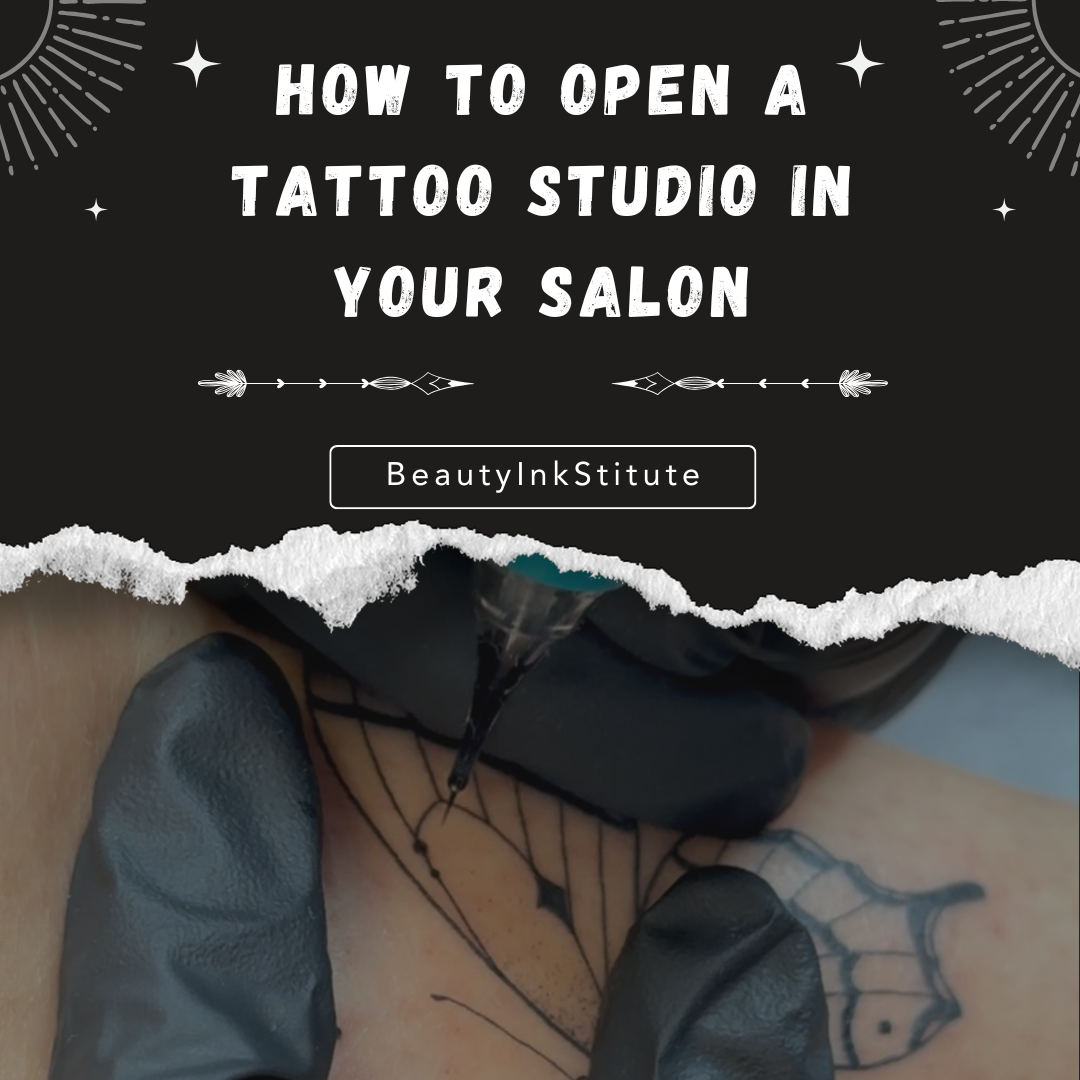How To Open a Tattoo Studio in Your Salon
Turning a salon room into a licensed body art facility is an exciting project that combines beauty and creativity. However, to succeed, you must understand national guidelines, comply with licensing standards, and pay attention to every detail. This guide covers the essential steps, what inspectors look for, and the crucial elements needed in your space.
1. Research Local Guidelines
Before starting the transformation, thoroughly research local guidelines governing body art facilities. Check the regulations set by health departments, licensing boards, and relevant government agencies. Knowing the specific requirements for your location is key to a smooth transition. Always check with your local health department for the most accurate information.
2. Obtain the Necessary Licenses
Follow the licensing process in your area to secure the required licenses. This typically involves submitting applications, undergoing inspections, and meeting health and safety standards. Taking a careful approach to this step will set a strong foundation for your business.
3. Create a Safe and Sanitary Environment
Inspectors pay close attention to cleanliness and maintenance. Invest in high-quality, easily cleanable surfaces and implement strict sterilization protocols for tools and equipment. Ensure proper ventilation and consider features like self-closing doors to maintain a controlled environment.
4. Essential Items in the Room
- Sharps Bin: Provide a designated sharps bin for safe disposal of needles and other sharp objects. Make sure it is easily accessible and regularly emptied.
- Autoclave or Sterilization Equipment: Inspectors will check for proper sterilization methods. Have an autoclave or equivalent equipment and keep detailed sterilization records.
- Handwashing Facilities: Include a dedicated handwashing sink with hot and cold running water, soap, and disposable towels for both artists and clients.
- First Aid Kit: Keep a well-stocked first aid kit readily available for emergencies.
- Disposable and Single-Use Items: Opt for disposable and single-use items whenever possible to reduce the risk of cross-contamination.
5. Staff Training
Inspectors will assess your staff’s qualifications. Provide thorough training on hygiene, infection control, and safe application of body art. Maintain detailed records of staff certifications and ongoing training to show compliance during inspections.
6. Legal Considerations
Make sure to include a disclaimer in your blog that the provided information is for educational purposes only. Encourage readers to seek legal advice to address specific concerns and ensure compliance with local, state, and national laws.
7. Insurance Coverage
Work with insurance professionals to get coverage tailored to the unique risks of a body art facility. This includes protection against potential liabilities and unforeseen events that could impact your business.

Conclusion
Turning a salon room into a licensed body art facility requires careful planning, adherence to guidelines, and attention to detail. By preparing thoroughly with essential items, meeting inspectors’ expectations, and considering legal and insurance needs, you can confidently embark on this exciting journey and create a compliant, thriving body art facility.

Leave a comment
This site is protected by hCaptcha and the hCaptcha Privacy Policy and Terms of Service apply.